Praise for "The Singularity Is Near"
Summary (Front Flap)
About the Author (Back Flap)
Contents
Acknowledgements
H
s
联系方式
Prologue: The Power of Ideas
Chapter One: The Six Epochs
The Intuitive Linear View Versus The Historical Exponential View
The Six Epochs
The Singularity Is Near
Chapter Two: A Theory of Technological Evolution: The Law of Accelerating Returns
The S-Curve of a Technology as Expressed in its Life Cycle
Moore's Law and Beyond
DNA Sequencing, Memory, Communications, the Internet, and Miniaturization
The Singularity as Economic Imperative
Chapter Three: Achieving the Computational Capacity of the Human Brain
The Sixth Paradigm of Computing Technology: Three- Dimensional Molecular Computing and Emerging Computational Technologies
The Computational Capacity of the Human Brain
The Limits of Computation
Chapter Four: Achieving the Software of Human Intelligence: How to Reverse Engineer the Human Brain
Reverse Engineering the Brain: An Overview of the Task
Is the Human Brain Different from a Computer?
Peering into the Brain
Building Models of the Brain
Interfacing the Brain and Machines
The Accelerating Pace of Reverse Engineering the Brain
Uploading the Human Brain
Chapter Five: GNR: Three Overlapping Revolutions
Genetics: The Intersection of Information and Biology
Nanotechnology: The Intersection of Information and the Physical World
Robotics: Strong AI
Chapter Six: The Impact...
...on the Human Body
...on the Human Brain
...on Human Longevity
...on Warfare: The Remote, Reobotic, Robust, Size-Reduced, Virtual-Reality Paradigm
...on Learning
...on Work
...on Play
..on the Intelligent Destiny of the Cosmos: Why We Are Probably Alone in the Universe
Chapter Seven: Ich bin ein Singularitarian
The Vexing Question of Consciousness
Who Am I? What Am I?
The Singularity as Transcendence
Chapter Eight: The Deeply Intertwined Promise and Peril of GNR
Intertwined Benefits...
...and Dangers
A Panoply of Existential Risks
Preparing the Defenses
The Idea of Relinquishment
Development of Defensive Technologies and the Impact of Regulation
A Program for GNR Defense
Chapter Nine: Response to Critics
A Panoply of Criticisms
The Criticism from Incredulity
The Criticism from Malthus
The Criticism from Software
The Criticism from Analog Processing
The Criticism from the Complexity of Neural Processing
The Criticism from Microtubules and Quantum Computing
The Criticism from the Church-Turing Thesis
The Criticism from Failure Rates
The Criticism from "Lock-In"
The Criticism from Ontology: Can a Computer Be Conscious?
The Criticism from the Rich-Poor Divide
The Criticism from the Likelihood of Government Regulation
The Criticism from Theism
The Criticism from Holism
Epilogue
Resources and Contact Information
#Appendix: The Law of Accelerating Returns Revisited
Notes
Prologue: The Power of Ideas
Chapter One: The Six Epochs
Chapter Two: A Theory of Technology Evolution: The Law of Accelerating Returns
Chapter Three: Achieving the Computational Capacity of the Human Brain
Chapter Four: Achieving the Software of Human Intelligence: How to Reverse Engineer the Human Brain
Chapter Five: GNR: Three Overlapping Revolutions
Chapter Six: The Impact...
Chapter Seven: Ich bin ein Singularitarian
Chapter Eight: The Deeply Intertwined Promise and Peril of GNR
Chapter Nine: Response to Critics
Epilogue
[Index omitted]
21
100
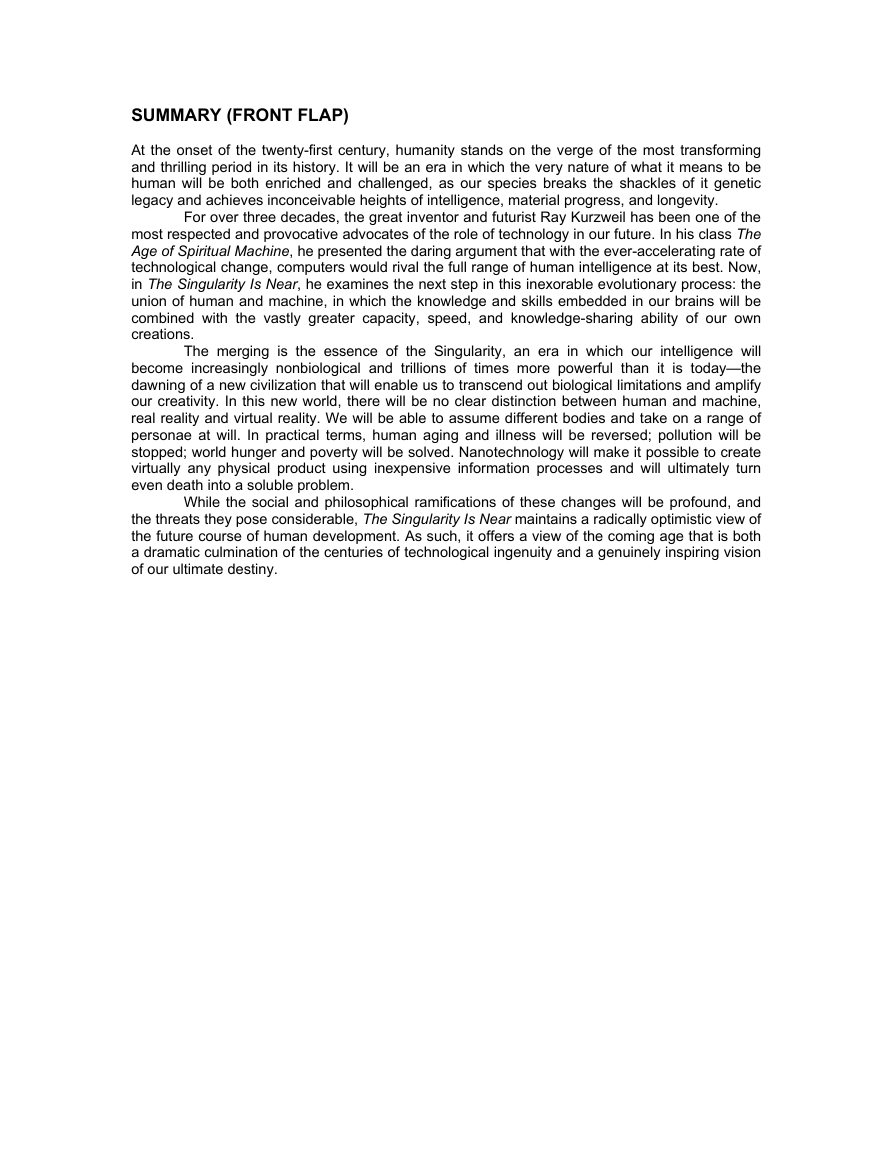
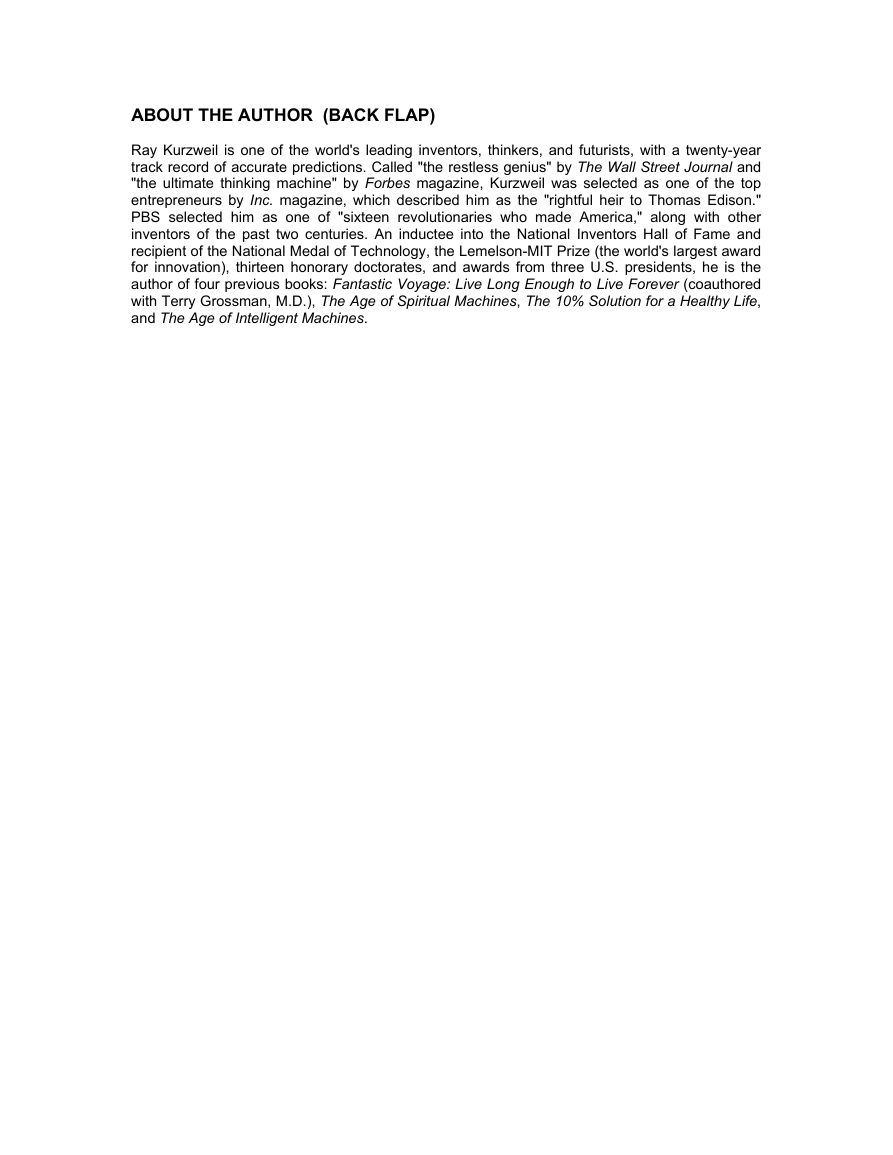
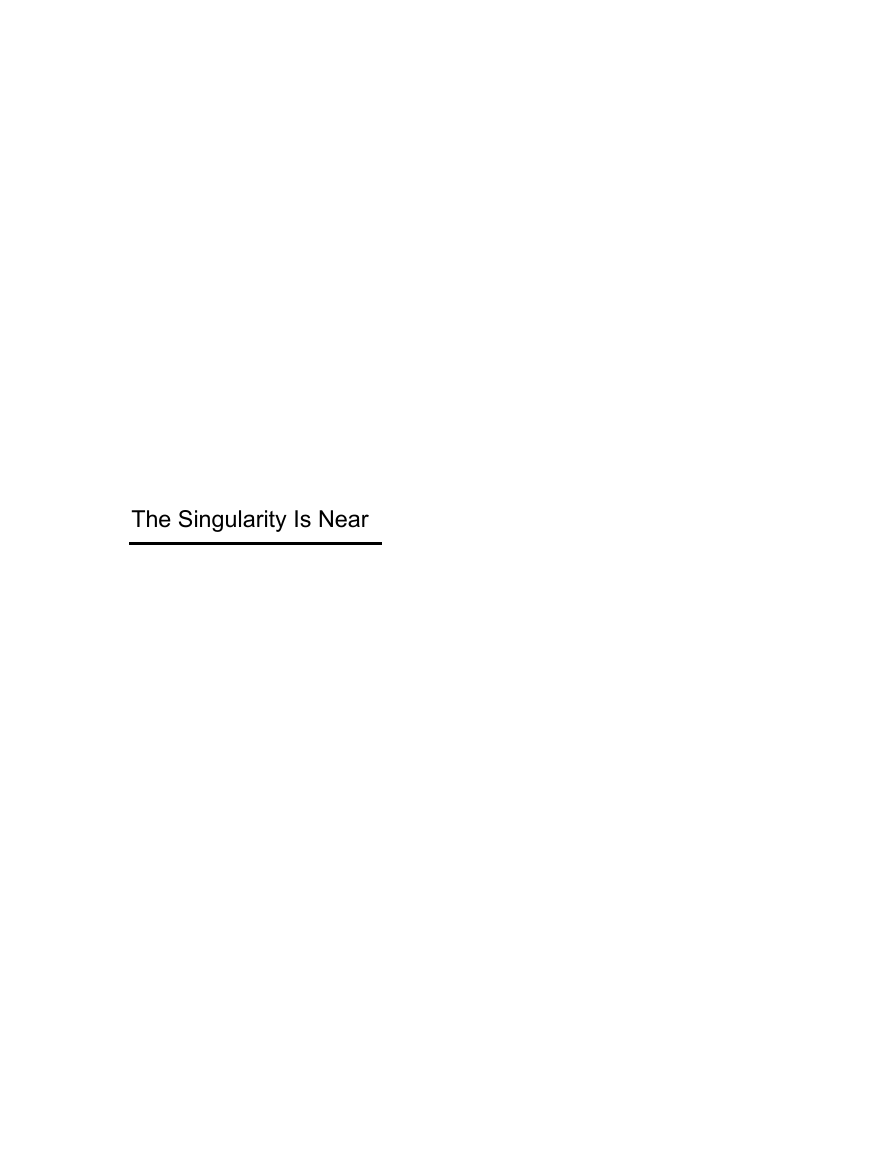
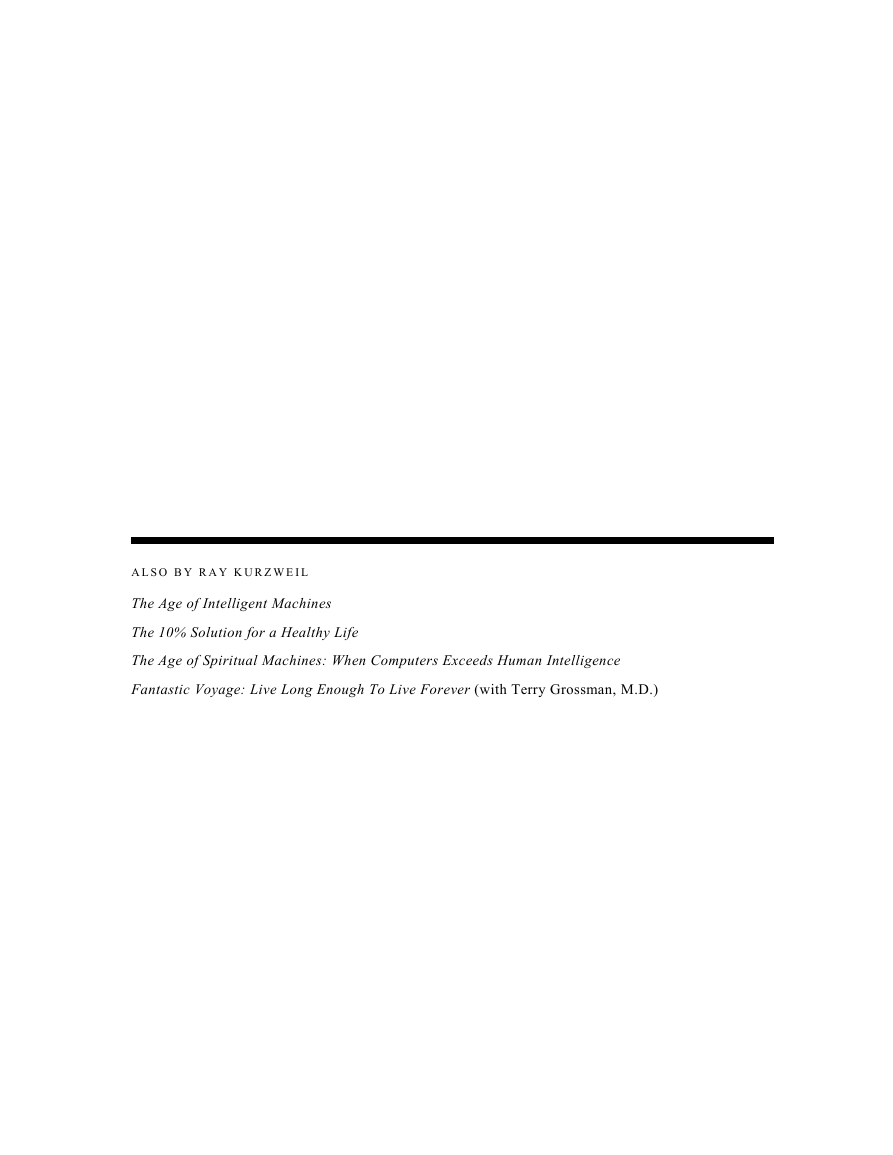
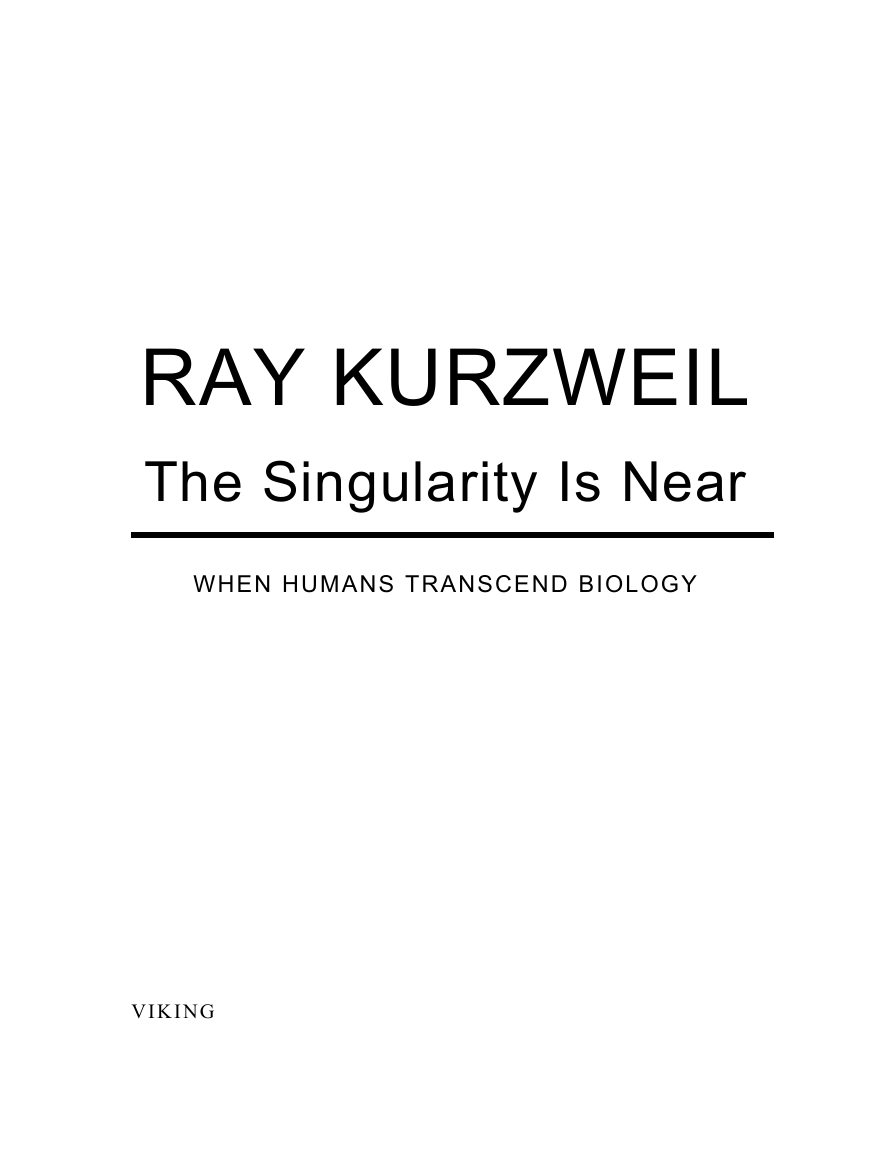
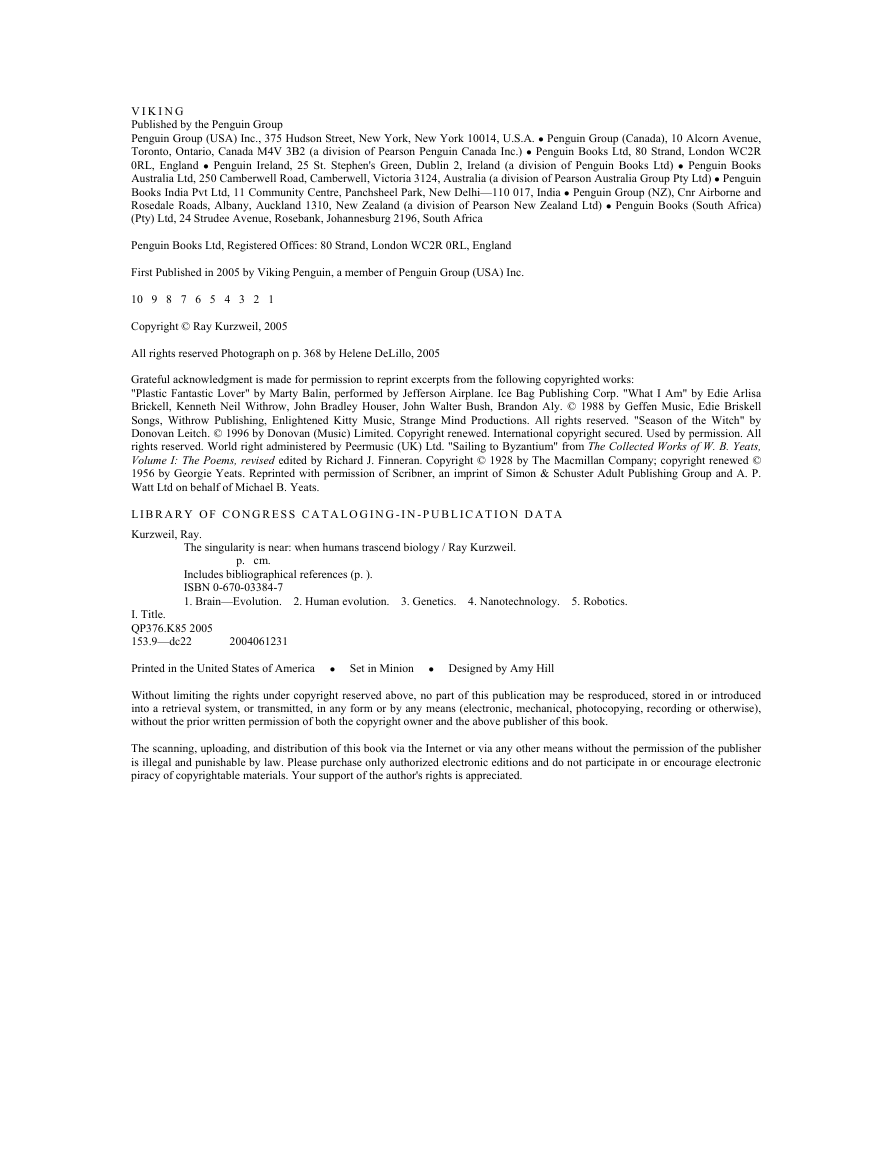
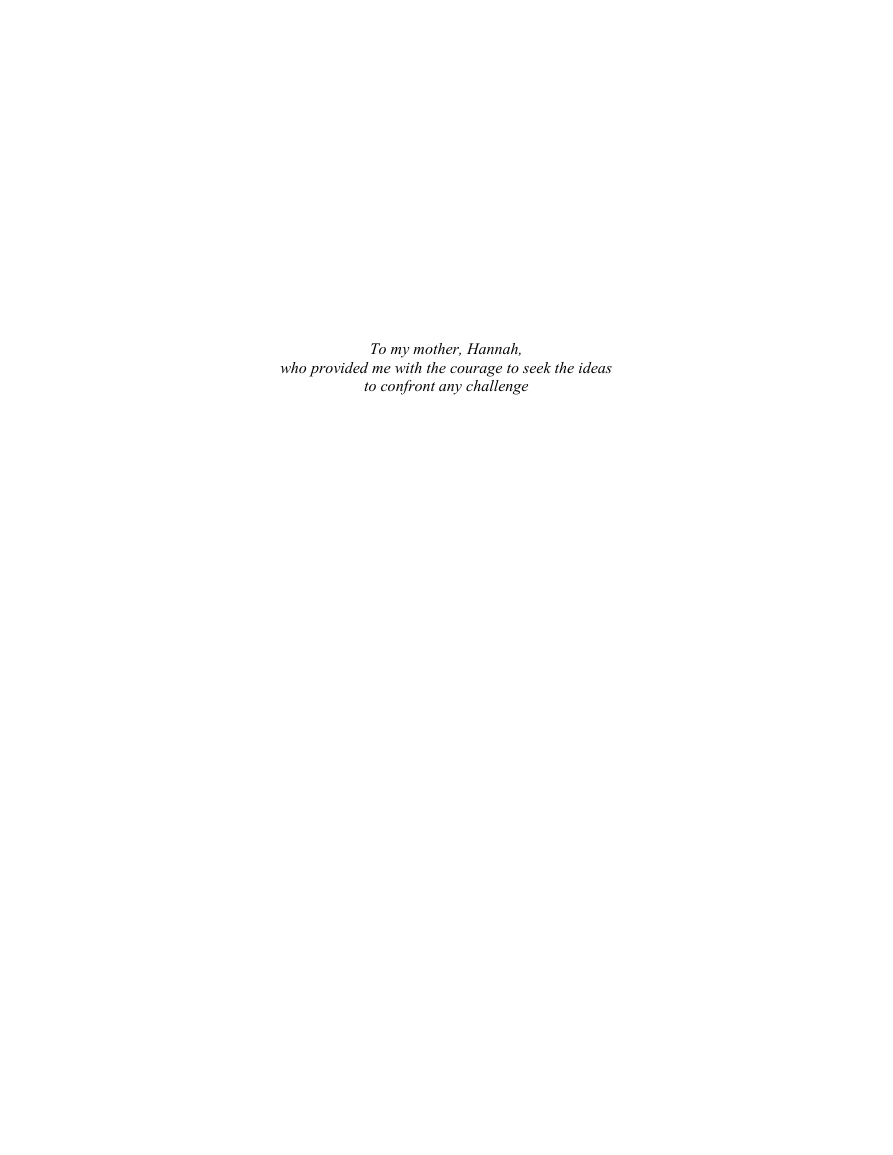
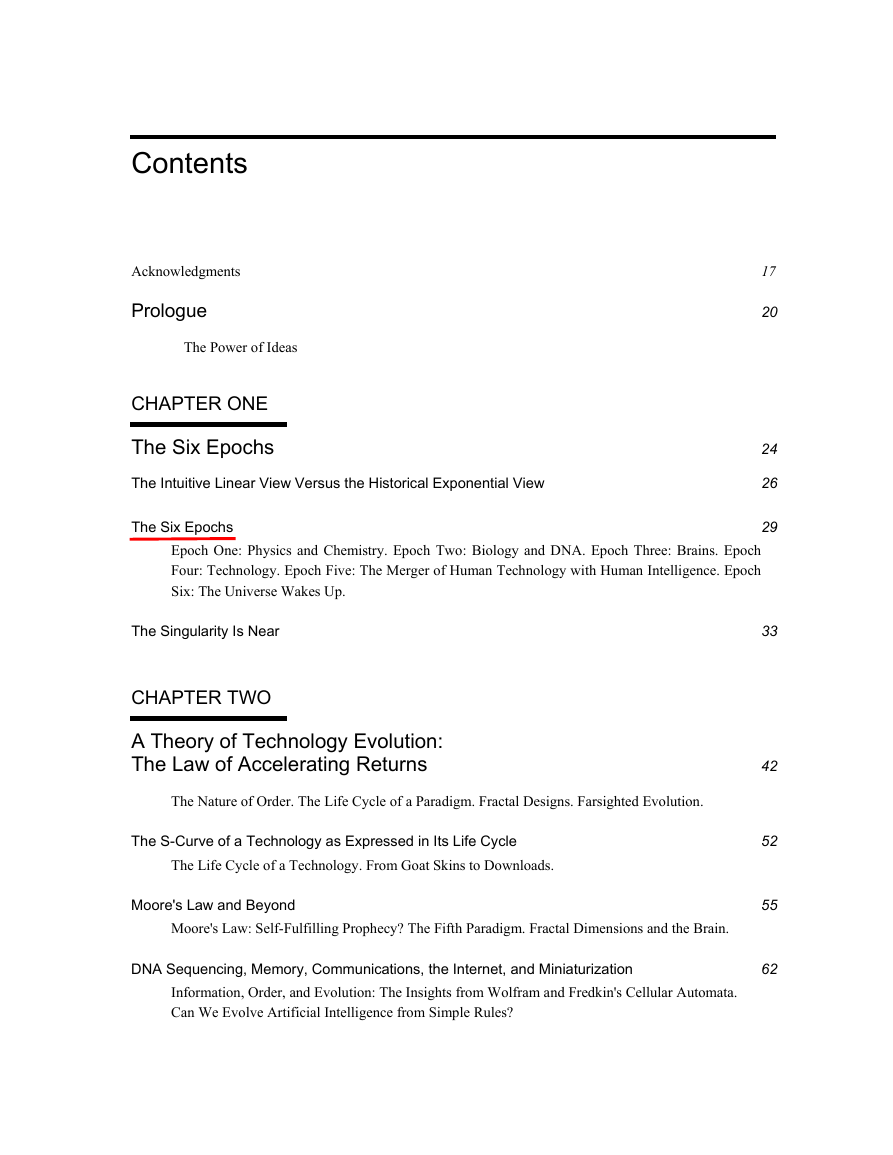








 2023年江西萍乡中考道德与法治真题及答案.doc
2023年江西萍乡中考道德与法治真题及答案.doc 2012年重庆南川中考生物真题及答案.doc
2012年重庆南川中考生物真题及答案.doc 2013年江西师范大学地理学综合及文艺理论基础考研真题.doc
2013年江西师范大学地理学综合及文艺理论基础考研真题.doc 2020年四川甘孜小升初语文真题及答案I卷.doc
2020年四川甘孜小升初语文真题及答案I卷.doc 2020年注册岩土工程师专业基础考试真题及答案.doc
2020年注册岩土工程师专业基础考试真题及答案.doc 2023-2024学年福建省厦门市九年级上学期数学月考试题及答案.doc
2023-2024学年福建省厦门市九年级上学期数学月考试题及答案.doc 2021-2022学年辽宁省沈阳市大东区九年级上学期语文期末试题及答案.doc
2021-2022学年辽宁省沈阳市大东区九年级上学期语文期末试题及答案.doc 2022-2023学年北京东城区初三第一学期物理期末试卷及答案.doc
2022-2023学年北京东城区初三第一学期物理期末试卷及答案.doc 2018上半年江西教师资格初中地理学科知识与教学能力真题及答案.doc
2018上半年江西教师资格初中地理学科知识与教学能力真题及答案.doc 2012年河北国家公务员申论考试真题及答案-省级.doc
2012年河北国家公务员申论考试真题及答案-省级.doc 2020-2021学年江苏省扬州市江都区邵樊片九年级上学期数学第一次质量检测试题及答案.doc
2020-2021学年江苏省扬州市江都区邵樊片九年级上学期数学第一次质量检测试题及答案.doc 2022下半年黑龙江教师资格证中学综合素质真题及答案.doc
2022下半年黑龙江教师资格证中学综合素质真题及答案.doc